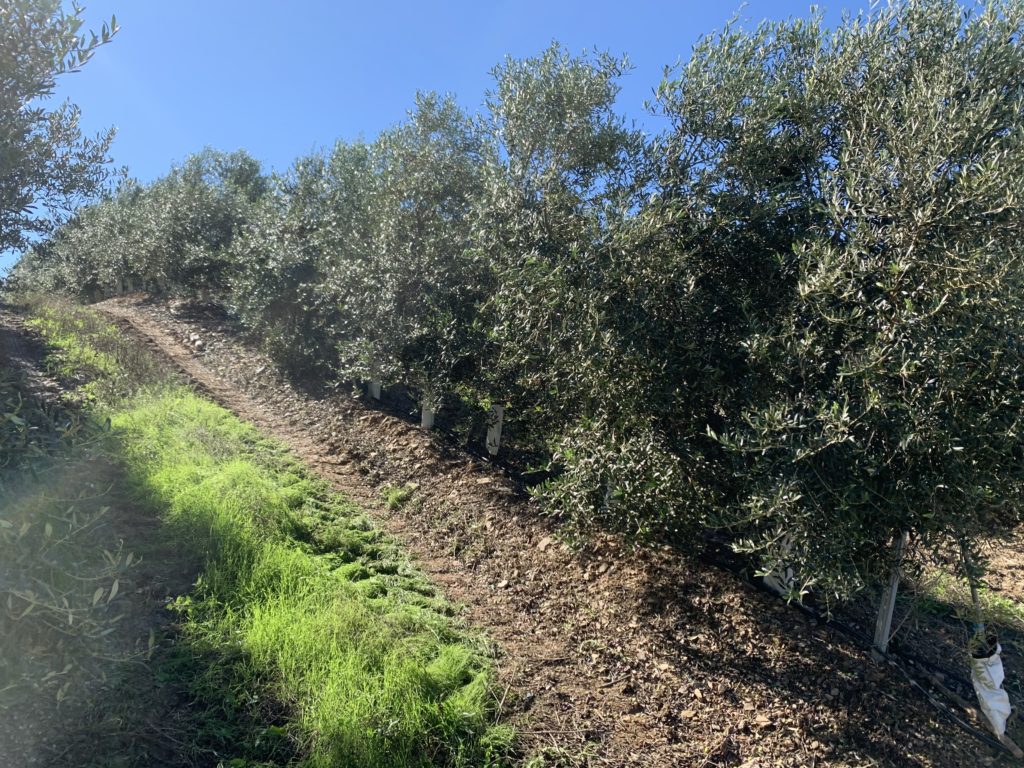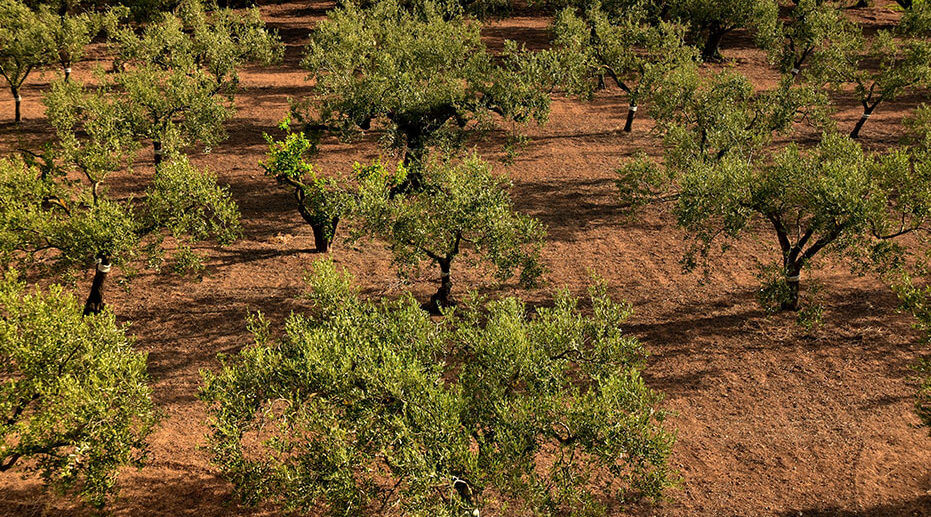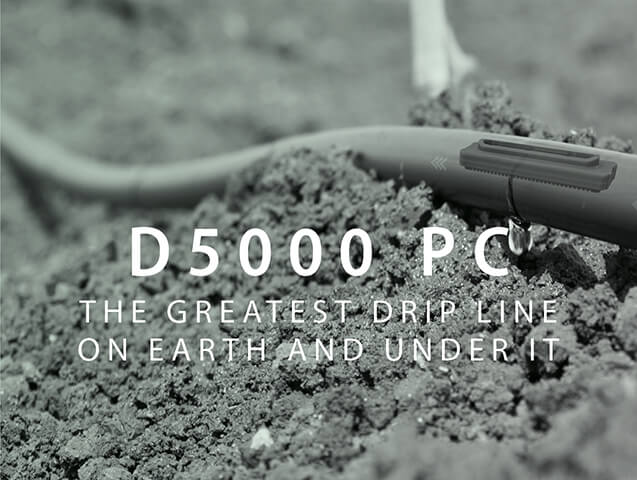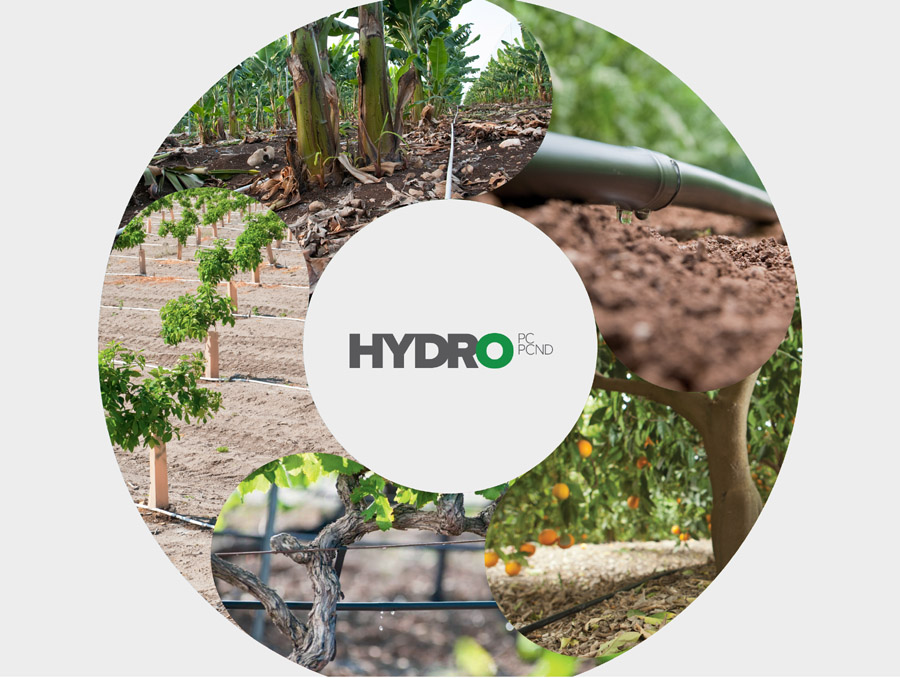
Olives Crop Irrigation Guide
Intensive tree planting in orchards is a hot topic, with good reason. To remain profitable in the Olive farming industry it is imperative. Today, olive farming is largely done through intensive tree plantings and orchards.
Until recently a hectare (2.4 acres) olive plantation would have about 100 trees. Today, a hectare will have from 300 to 2000 – 3000 trees in an intensive orchard. This is a significant change, and these orchards and trees cannot thrive without high-end drip irrigation systems!
High-intensity cultivation maximizes the yield crop per area unit by planting more trees and exploiting efficient use of different resources like land cost, planting spaces, tree size, rootstock, canopy size, and practice management, which brings earlier yields.
Grown in Mediterranean-like climates, olive trees are drought-resistant, and hardy, and love long hot summers and low-humidity regions. Whether for table or oil, there are many established varieties to choose from depending on the market, region, harvest time, and produce. The market continues to grow for olives and olive products, and so does the opportunity for olive farming.
The payback of drip irrigation in high-intensity orchards is significant in terms of earlier production, higher yield of better-quality olives, and lower harvesting costs.
The Rivulis portfolio includes bespoke systems and pioneered products like the D5000 and the HydroPC to suit specific olive-growing needs. Through the extensive acquisition of leading irrigation companies like Plastro, NaanDanJainUSA, T-Tape, Ro-Drip, and Eurodrip, the Rivulis collective has the widest drip irrigation portfolio available.
The Importance of Proper Irrigation for Olives
The high-intensity crop plantings revolution in growing technology is in part due to the identification and selection of precocious dwarf rootstocks, and the strategic application of drip irrigation.
Drip irrigation allows the farmer to control the water supply, and being able to irrigate on demand means more trees can be planted in each area and increase yield substantially. The crop is likely to be more uniform and develop to its full size, yield, and taste potential.
Climate change means growers can no longer rely on manna from the sky as they have in the past. Rainfall is increasingly unreliable and oftentimes scarce. Transitioning from relying on rain to drip irrigation opens a new world.
Underwatering is when a tree is under water stress, which leads to lower yields and susceptibility to pests and disease. Over-watering means roots can’t cope, leaves drop off and fruit falls off the tree prematurely. Drip irrigation’s precision capacity solves these issues.
Calculate Your Water Requirement
Typical values of stem water potential (MPa) at different levels of water stress on sunny, summer days
(ETO= 5-6 mm d-1) (based on Fereres 2012)
| Predawn | Midday | |
| Well watered | >-0.5 | -1.0 to -1.2 |
| Moderate stress | -1.7 to -2.5 | |
| Severe stress | -3.5 to -4.0 | |
| Extremes stress | -7.0 to -8.0 |
Kc Values of Olives
Values of Kc for olive orchards in semi-arid and arid locations (figures on Fereres et al., 2011)
| Semi-arid | Arid | |
| Spring | 0.65-0.75 | 0.45-0.55 |
| Summer | 0.50-0.55 | 0.50-0.55 |
| Autumn | 0.60-0.70 | 0.55-0.65 |
| Winter | 0.65-0.75 | 0.40-0.55 |
The Advantages of Drip Irrigation in Olives Crops
Drip irrigation is every farmer’s olive branch! Modern farming methods yield more than three times more olive oil per hectare than older methods, up to 1.6 tons of olive oil per hectare per year, up from an average of only 0.5 tons!
Trees in intensive orchards have shallow, denser root systems, where rows can be between just 3.0m (10ft) and 4.5m (15ft) wide with trees spaced 0.5m (1.6ft) to 2.5m (8ft) apart. Drip irrigation is critical to enabling these tight spacings between trees.
Achieving this means planting more than triple the number of trees per hectare, this takes planning and an advanced irrigation system. High-quality drip lines and hydraulic design are imperative to protecting irrigation investment. Rivulis customizes design so that the system works for each grower’s specific requirements.
Beyond increasing yield, the benefits of drip irrigation are well understood for water conservation, reduced pests, and less fertilizer usage.
Rivulis Micro Irrigation Systems for Optimal Yield
Drip Line for Olives
The investment made in an irrigation system is probably the most important decision in olive crop development and profit margin back to the grower. Design and installation principles for drip irrigation apply to intensive tree crops: systems must be professionally designed based on factors like water source and quality, topography, and soil type.
Trees are more susceptible to water stress in high-density orchards. With a conventional irrigation regime, water uptake by roots under field conditions is not uniform across the soil profile, drip irrigation ensures better management of soil moisture and targets water application.
Drip irrigation allows for plant nutrient supplementation through fertigation, where the composition and concentration of the minerals near the active root zone can be managed and controlled.
With 1.25m (4ft) between trees and 3m – 4m (10ft – 13ft) between rows, modern olive plantations hold over 2000 trees per hectare (2.4 acres). This allows for higher yield and efficient management like pruning can be done mechanically and picking by harvester.

What Olives Growers Are Saying About Rivulis
Irrigation Solutions for Olives Trees
Frequently Asked Questions about Olives Crops
Today most commercially grown olives are all intensive orchards which means drip irrigation is imperative to maximum output.
Drip irrigation allows the farmer to control the water supply, and being able to irrigate on demand means more trees can be planted in each area and increase yield substantially. The crop is likely to be more uniform and develop to its full size, yield, and taste potential.
Trees are more susceptible to water stress in high-density orchards. With a conventional irrigation regime, water uptake by roots under field conditions is not uniform across the soil profile, drip irrigation ensures better management of soil moisture and targets water application.
Drip irrigation allows for plant nutrient supplementation through fertigation, where the composition and concentration of the minerals near the active root zone can be managed and controlled.
Rivulis customizes design so that the system works for each grower’s specific requirements. Beyond increasing yield, the benefits of drip irrigation are well understood for water conservation, reduced pests, and less fertilizer usage.
Intensive cropping depends on higher levels of management skills and water management, but the benefits are significant.
Trees come into production with commercially acceptable yields earlier, providing an earlier return on investment. It delivers higher yields per hectare, and more uniform fruit quality, as well as decreased labor costs for tasks like canopy management, tree training, and harvesting. Easier use of machinery in orchards is also a benefit of intensive cropping.
Generally, the heavier the soil (high clay content) the wider the wetted area created by the dripper. The lighter the soil (sandy) the narrower the wetter area created by the dripper. If planted in sandy soil, two laterals per row with a relatively short distance between drippers. For heavy soil, one lateral with larger spaces between the lateral. Tree spacing also has an impact on irrigation system design.

Any information provided herein, including any case study referrals are for information purposes only and actual results may vary.
Whilst every effort has been made to ensure all data is accurate, the accuracy of all data cannot be guaranteed and it is advised that you to consult with an irrigation specialist for your specific needs and to carefully review technical specifications for proper use.
As some products are not available in all regions, please contact your local authorized dealer for additional details.







